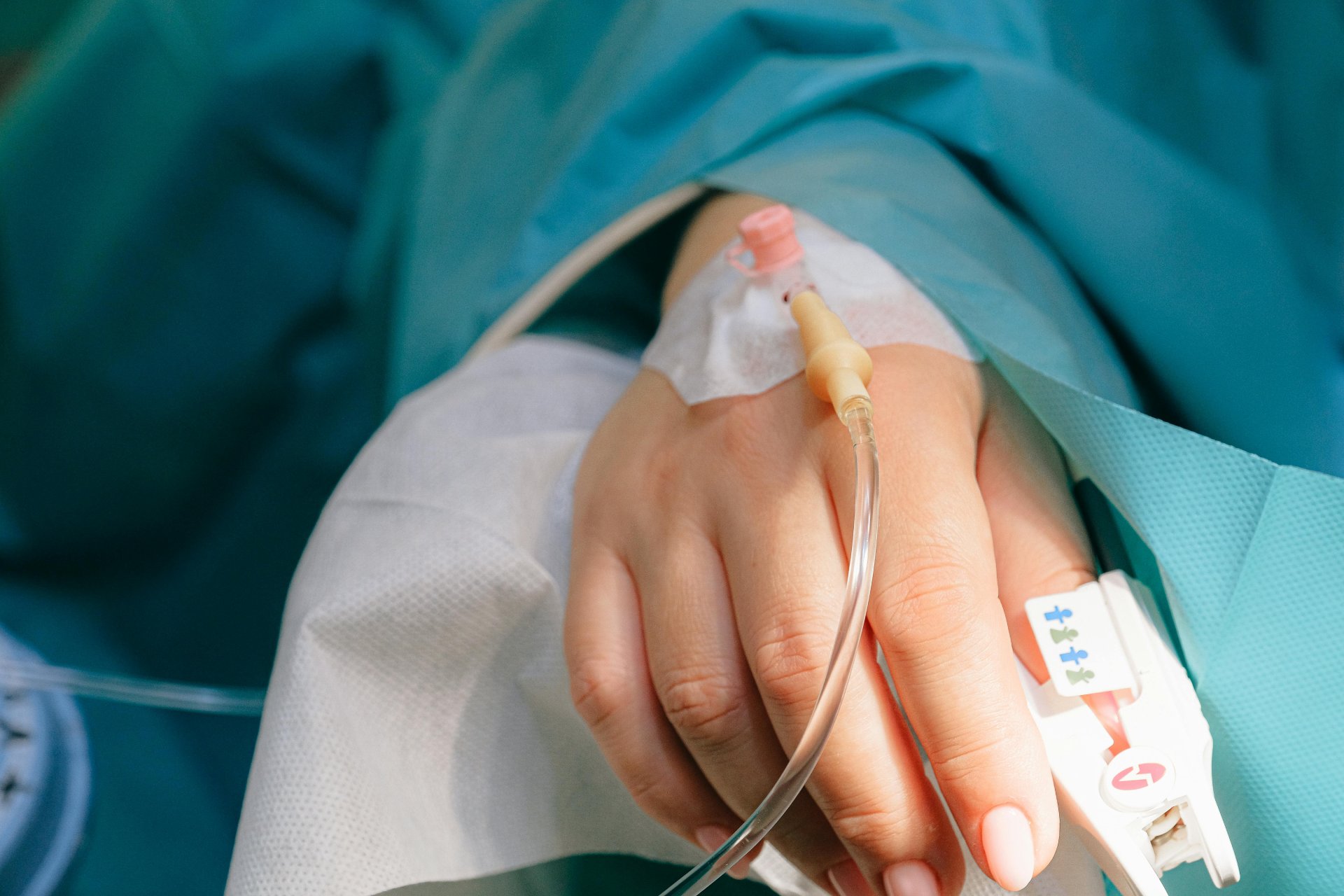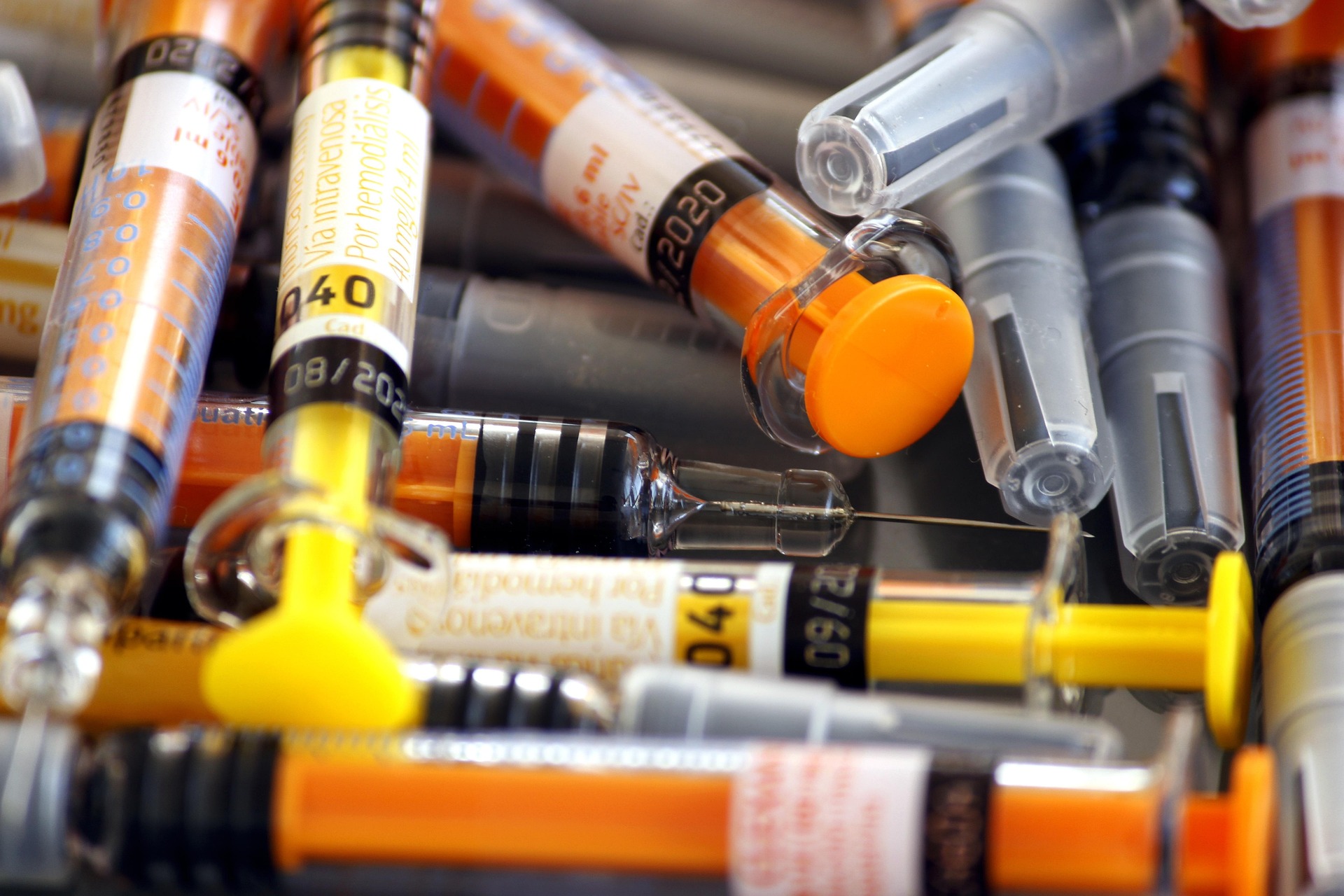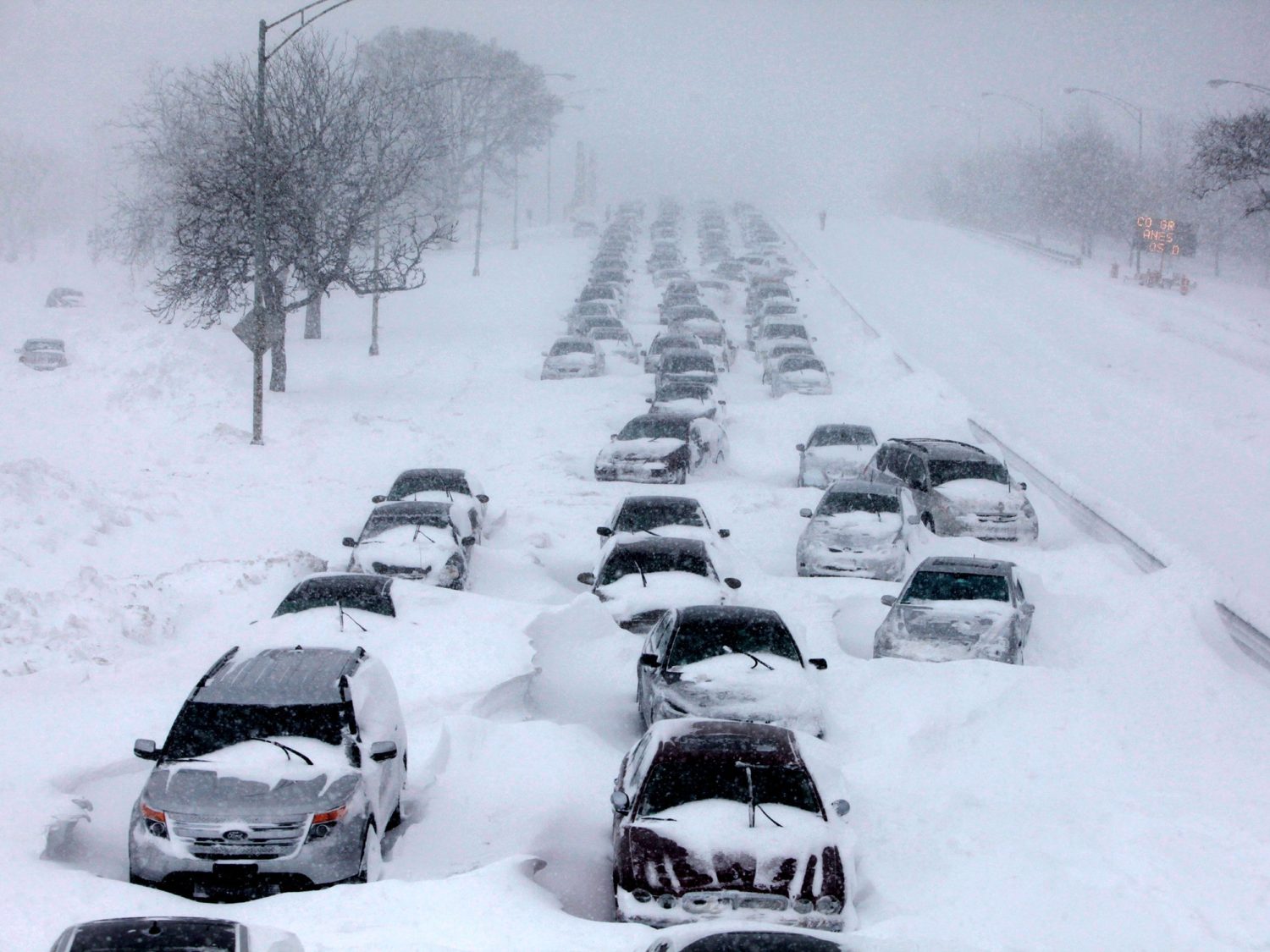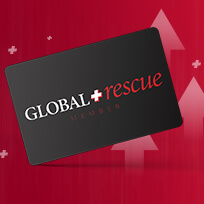Article Highlights:
- Top Culinary Destinations: Renowned destinations for exceptional cuisine include France, Italy, Japan, Spain and others, offering unique culinary experiences.
- Traveler’s Diarrhea (TD) Risks: Contaminated food or water while traveling are common causes of TD, especially in developing countries; careful food choices and hygiene can help prevent sickness.
- Other Preventions and Treatment: Recommendations include drinking bottled water, avoiding risky foods, using hand sanitizers, and taking over-the-counter remedies for managing symptoms of TD.
Are you a food enthusiast looking to explore the world’s diverse culinary traditions despite the risk of traveler’s diarrhea? Do your traveling companions ask, “are you really going to eat that?” Do you shrug away the chance of food poisoning in favor of tasting some of the best international dishes like Spain’s paella, Southeast Asia’s durian (stinky tofu), Mozambique’s piri-piri chicken, or Morocco’s tagine?
If you’re a foodie, ask yourself these basic questions to help avoid food poisoning and other health risks before you dig in: Is the restaurant hygienic and does it have good, reputable reviews? Is the food prepared properly? Are you ready for raw dishes of meat, seafood or eggs? Should you bring over-the-counter medication for stomach issues, just in case you do experience food poisoning symptoms?
10 Travel Destinations Known for Exceptional Cuisine & Culinary Arts
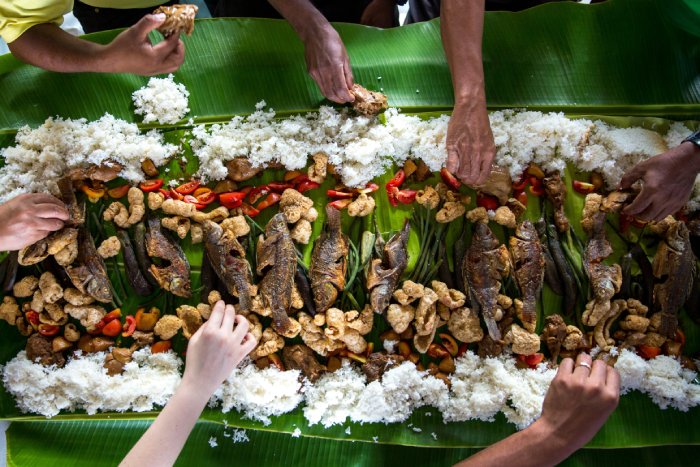
Here are the top 10 countries renowned for their food:
France – French cuisine offers a wide range of exquisite dishes, pastries, cheeses and wines.
Italy – Italian cooking is beloved worldwide for its fresh ingredients, pasta, pizza and gelato.
Japan – Japanese fare is renowned for its precision, freshness and aesthetic presentation.
Spain – Spanish culinary arts feature diverse and flavorful dishes like paella, tapas and churros.
Thailand – Thai fare is known for its bold flavors, aromatic herbs and spicy dishes.
Mexico – Mexican cooking is a vibrant mix of flavors, colors and textures, with dishes like tacos, tamales and mole.
India – Indian cooking is brimming with rich spices, vegetarian dishes and tandoori flavors.
Peru – Peruvian cuisine is a fusion of indigenous ingredients, Spanish influences and Asian flavors.
Greece – Greek fare is known for its fresh Mediterranean ingredients, grilled meats, seafood and mezes.
Vietnam – Vietnamese culinary dishes are light, fresh and fragrant, like pho, banh mi and spring rolls.
These international destinations offer food lovers the opportunity to immerse themselves in diverse culinary experiences, taste authentic dishes, and learn about different cooking techniques and food cultures from around the world. The Health Risks of Foreign Foods
Unfortunately, traveler’s diarrhea (TD) strikes 30-70% of travelers, according to the Centers for Disease Control and Prevention. According to the Global Rescue survey of the world’s most experienced travelers, 60% of travelers have had a TD horror story. It’s the most common illness in travelers, states Johns Hopkins Medicine.
“When you travel to a place that’s new to you, there are a lot of germs your body is not used to,” said Jeff Weinstein, medical operations manager at Global Rescue. “Something like TD or a really bad case of food poisoning can become an emergency.”
Because TD is caused by drinking water or eating food that has bacteria, viruses or parasites, your best bet is to watch what you eat and drink while on the road. Your second-best option is to bring along doctor-approved medications when you travel to high-risk locations.
There’s nothing worse than researching, planning and purchasing your dream culinary trip and cuisine adventure, then spending most of your time in the bathroom with TD. In general, you may want to curb your adventurous eating unless you have an iron-clad stomach.
“Spit-roasted cuy (guinea pig) is a delicacy in the Ecuadorian highlands. My brother and I ate a cuy in Quito, and it was delicious,” said Adam Aronson, owner of travelhelix and a Global Rescue Safe Travel Partner. “But unless you were raised in a Quichua village, it’s perfectly normal to not want to eat a grilled guinea pig. In some parts of the world, you may find yourself less likely to take certain risks due to the quality of or access to medical care.”
What’s the Difference Between Traveler’s Diarrhea vs Food Poisoning?

There’s a difference between a case of food poisoning you might experience at home and a bout of TD during a trip.
“Food poisoning usually happens because you ate something that wasn’t stored or cooked well. It feels like the flu, but the symptoms resolve on their own,” Weinstein said.
TD hits harder because you don’t have immunity to the germs in the country you are visiting. The climate and the sanitary systems might be different, allowing bacterial pathogens, intestinal viruses and protozoal pathogens easier access to your water, food, and gastrointestinal system.
Poor hygiene practice in local restaurants is likely the largest contributor to the risk for TD, according to Johns Hopkins Medicine. This is especially true in the developing countries of Africa, the Middle East, Latin America and Asia. There’s lesser risk in Eastern Europe, South Africa and the Caribbean, and low risk in Northern and Western Europe, Japan, Canada, Australia, New Zealand and the United States.
While in Nepal, Global Rescue’s Weinstein was invited to a colleague’s house for dinner. “I was never so sick in my life,” he said. “The meal was cooked with their hands — no utensils — and eaten with our hands. I knew what was coming.”
What Causes Traveler’s Diarrhea

In most cases, TD isn’t usually that serious, it’s just unpleasant, according to the Mayo Clinic.
To make sure a simple illness doesn’t ruin your trip, send you to the hospital, or require medical rescue, here are some ways to prevent traveler’s diarrhea:
- Drinking tap water is a major source of TD. If you must drink tap water, purify it first. Global Rescue offers information about filtering and purifying water.
- Moist food at room temperature is also suspect. Skip the buffet and the condiments on the table. If you want to try street food, make sure it’s well cooked and cooked in front of you.
- Stick to factory-sealed bottled water in hotels and in restaurants. Decline the ice in your drink as well.
- Avoid leafy vegetables and sliced fruit — they may have been washed with water that hasn’t been boiled or chemically disinfected.
- Make sure hot beverages, like coffee or tea, are steaming hot.
- Drink canned or bottled drinks in their original containers — and break the seal yourself. Wipe off the rim before pouring or drinking.
- Use alcohol-based hand sanitizer containing at least 60 percent alcohol to wash your hands in the absence of soap and clean water.
Traveler’s Diarrhea In-Flight?
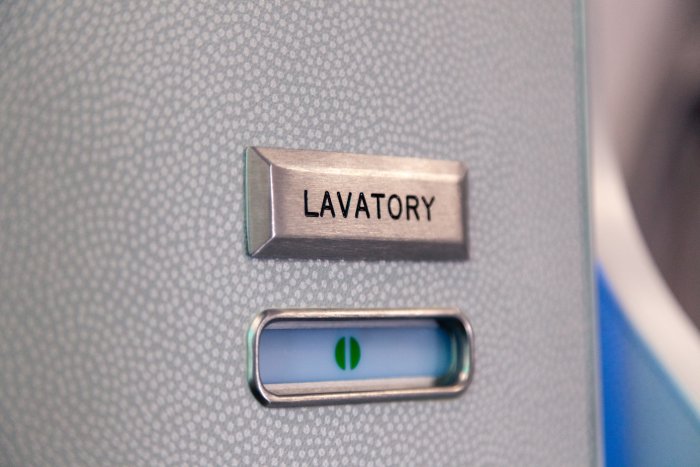
It’s a comedy of errors in the 1980 parody film Airplane. But after watching it, you’ll never order fish as an in-flight meal. “Every passenger who had fish for dinner will become violently ill in the next half hour,” the doctor explains to the flight attendant.
Is this possible? Well, it has happened. On February 3, 1975, 197 people fell ill aboard a Japan Airlines Boeing 747 en route from Anchorage, Alaska, to Copenhagen, Denmark, after consuming an in-flight meal contaminated with Staphylococci. After landing, 144 people needed hospitalization, making it the largest food poisoning incident aboard a commercial airliner.
The symptoms of food poisoning aren’t exactly what Airplane’s questionable doctor describes. Severe illness is rare. According to the Centers for Disease Control and Prevention, food poisoning is characterized by a sudden start of nausea, vomiting and stomach cramps. Most people also have diarrhea. Symptoms usually develop within 30 minutes to eight hours after eating or drinking an item containing Staph toxin.
How can you survive food poisoning on a plane?
“Drink fluids, boiled water or factory-sealed bottled water, to replace lost body fluid. Even ice chips will help. Hydration is your best line of defense,” Weinstein said.
Travel + Leisure magazine suggests checking your bag (or asking your seatmate) for Pepto-Bismol and alerting the flight attendant, who can give you priority seating for the airplane bathroom.
Treatment for Traveler’s Diarrhea
How long does traveler’s diarrhea last? According to the American Society for Microbiology, traveler’s diarrhea usually begins during the first week of travel and, without treatment, will last three to five days. You can have multiple episodes during one trip.
Global Rescue medical experts offer these suggestions for treatment:
- Drink fluids. Whether you’re in-flight or not, drink fluids: boiled water, factory-sealed bottled water, broth or an oral hydration solution like Pedialyte to replace the body fluid that has been lost. Hydration is your best line of defense.
- Avoid caffeine, as it tends to dehydrate. Eat a bland, easy-to-digest diet of complex carbohydrates: crackers, dry toast, plain noodles.
- Wipe down surfaces in your hotel room. Traveler’s diarrhea is contagious; pathogens can live for days on doorknobs and light switches.
- Over-the-counter remedies, like bismuth subsalicylate (Pepto-Bismol), can help. Hopefully a few doses are packed in your first aid kit, because purchasing Pepto may not be so easy overseas. It’s banned in France, and unavailable in Germany and Chile.
- If symptoms last longer than a week or you have a fever, see a doctor. You may need antibiotics.
Travel Sickness Safety Net
Global Rescue’s 24/7/365 medical advisory service can help travelers find Pepto-Bismol, Imodium or a local alternative, or find a doctor that speaks your language and a local pharmacy to fill a prescription for you.
Is your severely upset stomach due to food poisoning? As a member, we want you to contact us whether it’s a major emergency or something minor. You will get real-time access to doctors, paramedics and nurses who will help sort out the do’s and don’ts based on your unique situation and symptoms. It’s part of your membership services.
Before every trip, Global Rescue recommends getting a pre-travel consultation with a health professional to equip and prepare yourself with the necessary preventive measures and medications.



